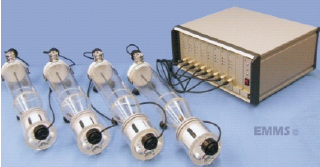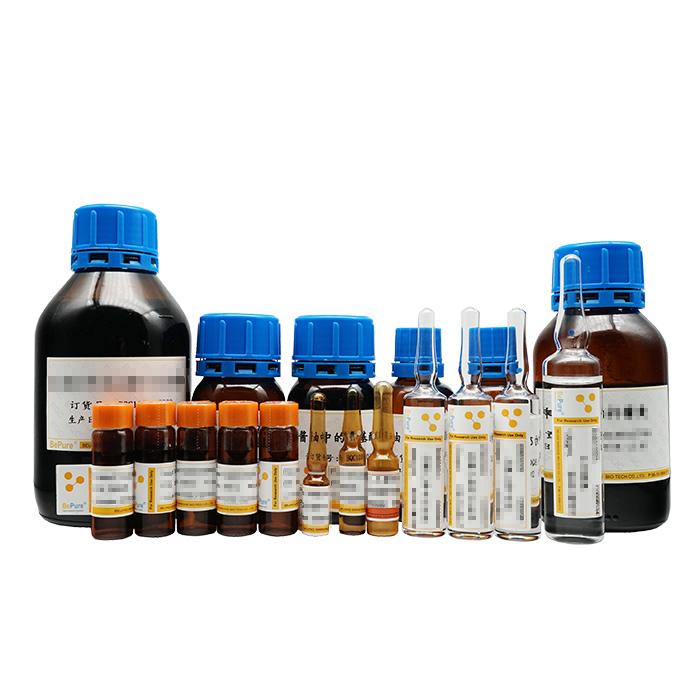- 详细介绍
#yuyan_goods table{border-collapse:collapse;border:1px solid #e9e9e9;border-spacing:0;}#yuyan_goods table td{border:1px solid #e9e9e9;padding:5px;} Non-invasive Airway Mechanics 无创伤肺功能检测,双腔检测系统
该系统使用双腔式体积描记器,对动物的头部和胸部气流进行分别测定并计算得出特殊气道阻力SRaw和特殊气道导率SGaw。可加装雾化给药系统。

产品主要特点:
可同时观测多只动物,适合长期跟踪的研究;
SRaw和SGaw参数与有创方式测定的气道阻力具有高度相关性;
动物实验准备较全身体积描记法复杂;
动物完全无创,清醒状态下完成测试,无需麻醉;
可加装雾化给药模块;
主要检测参数:
Specific Airway Resistance
Specific Airway Conductance
Tidal Volume
Minute Volume
Time of Inspiration
Time of Expiration
Peak Expiratory Flow
Peak Inspiratory Flow
Respiratory Rate
Explanations and more parameters
The EMMS non-invasive airway mechanics system uses a classic Pennock style double-chamber plethysmograph to measure nasal and thoracic flow. The animal is placed in a double-chamber plethysmograph (eg. PLY 230 for guinea pig), and is restrained in the chamber with a rubber neck collar. This neck collar also provides an airtight seal between the thoracic and nasal chambers. Flow in the two chambers is measured across two pneumotachographs in the plethysmograph wall. A bias flow air supply is used to prevent build-up of CO2 in the plethysmograph, and may also be used to pull aerosol through the nasal chamber.
EMMS Double Chamber Plethysmographs in Conical and Sloped Front configuration.
Parameters Measured
· Specific Airway Resistance
· Specific Airway Conductance
· Tidal Volume
· Minute Volume
· Time of Inspiration
· Time of Expiration
· Peak Expiratory Flow
· Peak Inspiratory Flow
· Respiratory Rate
· Explanations and more parameters
Features
· Up to 8 animals monitored simultaneously
· Completely non-invasive
· No anaesthesia required
· Aerosol can be administered via the nasal chamber
Uses
· Chronic studies
· Suitable for long-term measurements







 VIP会员
VIP会员

 粤公网安备44196802000105号
粤公网安备44196802000105号